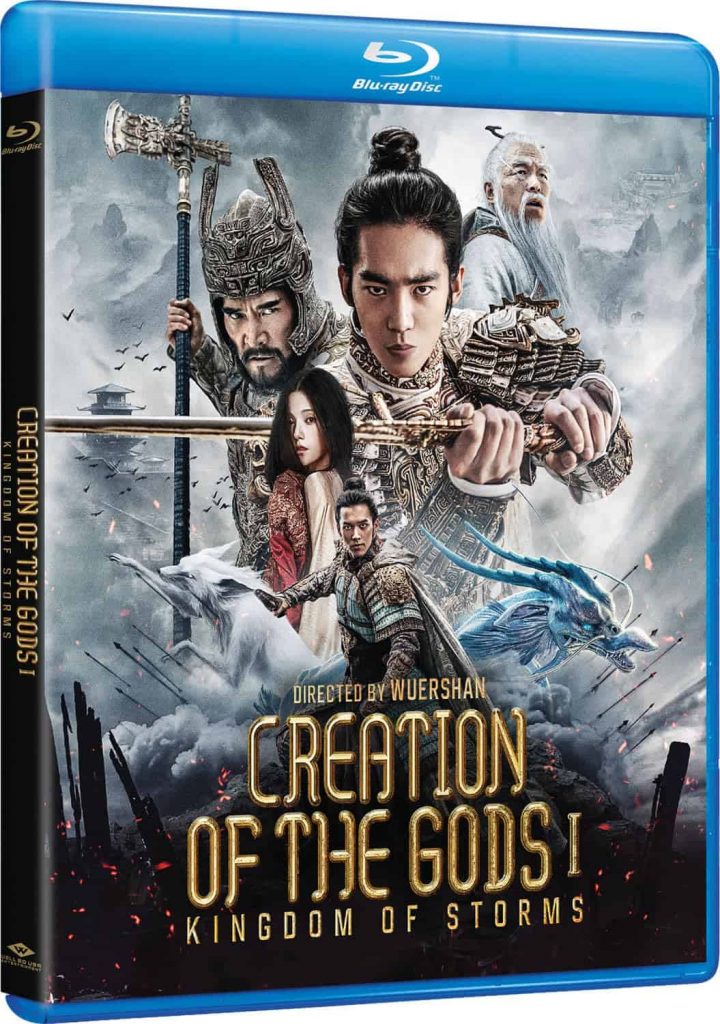“Twilight of the Warriors: Walled In,” directed by Soi Cheang and set in Hong Kong’s Kowloon Walled City (which, until its demolition in 1993, was one of the planet’s most dangerously crowded metropolitan places), unfolds in the film’s narrow hallways and lives up to its promise of blockbuster action. But its martial arts extravaganza is dispersed among an expansive tale of refugees and trios that, although it provides a sufficient backdrop for the previously stated skirmishes, is rarely cohesive or captivating in and of itself.

The movie centres on Chan Lok-kwun (Raymond Lam), a refugee from the mainland who is attempting to get a false ID by winning bare-knuckle fights. It is based on the Chinese comic book “City of Darkness” by Andy Seto. The desperate outsider steals a satchel of the head honcho’s cocaine after being betrayed by the remorseless triad leader Mr. Big (famous actor-director Sammo Hung) and flees to the Walled City, which Cheang and cinematographer Cheng Siu-keung capture as a fortress that is hostile to anyone who approaches. Although Lok-kwun is safe from Mr. Big’s cronies—who are wise enough to avoid entering enemy territory—he soon faces martial law in the city thanks to the mysterious crime boss Cyclone (an aged Louis Koo). Cyclone is a cool-headed barbershop owner who introduces himself to us by smoothly flipping, kicking, and catching a cigarette.
The movie is jam-packed with bold action sequences, many of which see characters fighting and scaling the cramped halls of the city. The creative movement is constantly fluid and rapid, but it never moves too quickly for the viewer to follow. After enduring a brutal beating, the valiant Lok-kwun is adopted by Cyclone’s goons, a charming group of youthful, eccentric combatants (there’s the one with the sword, the one on the bike, and the one wearing the face mask). He soon integrates into the city’s fabric, a dystopian society based on a mix of vigilante justice and close-knit community.
All of this works wonderfully, but as the movie progresses, it gradually becomes absorbed by a bigger story that is being told in the background through vague allusions to blood feuds that date back decades and indirect flashbacks to the 1950s. Ironically, these enduring rivalries loom large over the heads of the younger characters and ultimately hinder the progress of the film. Up until the exact moment when fresh knowledge may be mechanically applied, its larger picture is obscured. Seldom do the events or characters in the novel feel the effects of it, even when they do, like in the case of an obvious plot twist.
The city’s gloomy lanes are made cheerier by Lok-kwun and his fellow fighters’ witty banter, which almost transforms the exposed piping into amusing jungle gyms. Even the most ridiculous action flows naturally from the flawless production design. Typically, this includes Mr. Big’s cartoonish, giggling right-hand man King (Philip Ng), who effectively twists the film to explore if friendship can triumph over an annoying henchman possessing wuxia superpowers and rat tail hair.
The film shines most when it veers towards comedy. But the more its tone shifts to fit the encroaching soap opera about elderly men bound to the past, the less action-packed the plot becomes, relying instead on conversational delivery that isn’t nearly as engaging. Furthermore, given how much Lok-kwun and his friends must deal with the convoluted, intergenerational plot rather than the real world in front of them, this state of transition becomes far more factual than emotional even though broad political change is imminent (the movie has numerous news broadcasts hinting at the city’s fate under looming British mandates). As a result, although the action sequences in the movie are intense and feature a score heavily influenced by Western culture and decadent elements like motorbikes speeding down cramped halls, the movie is still far too distracted most of the time.



